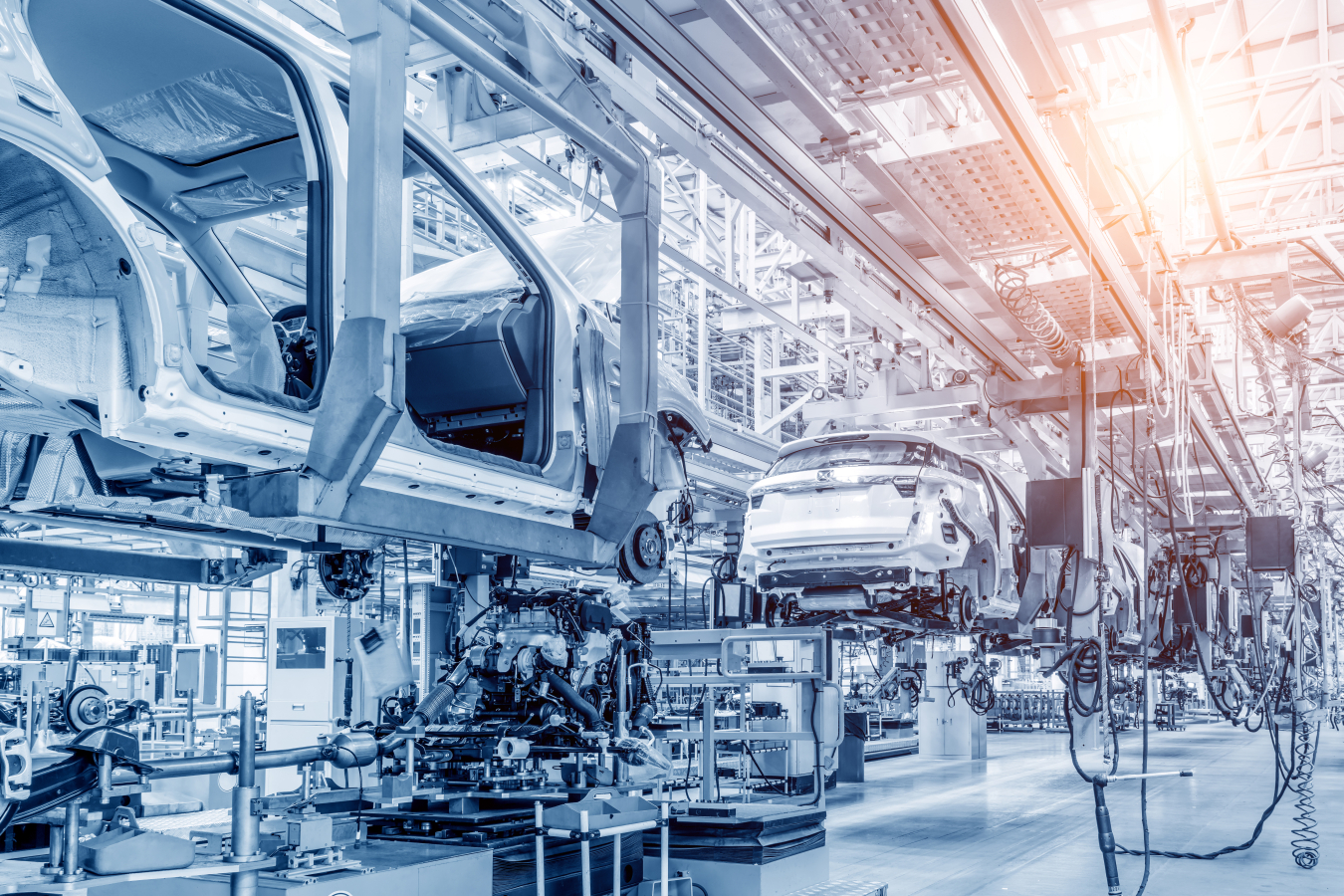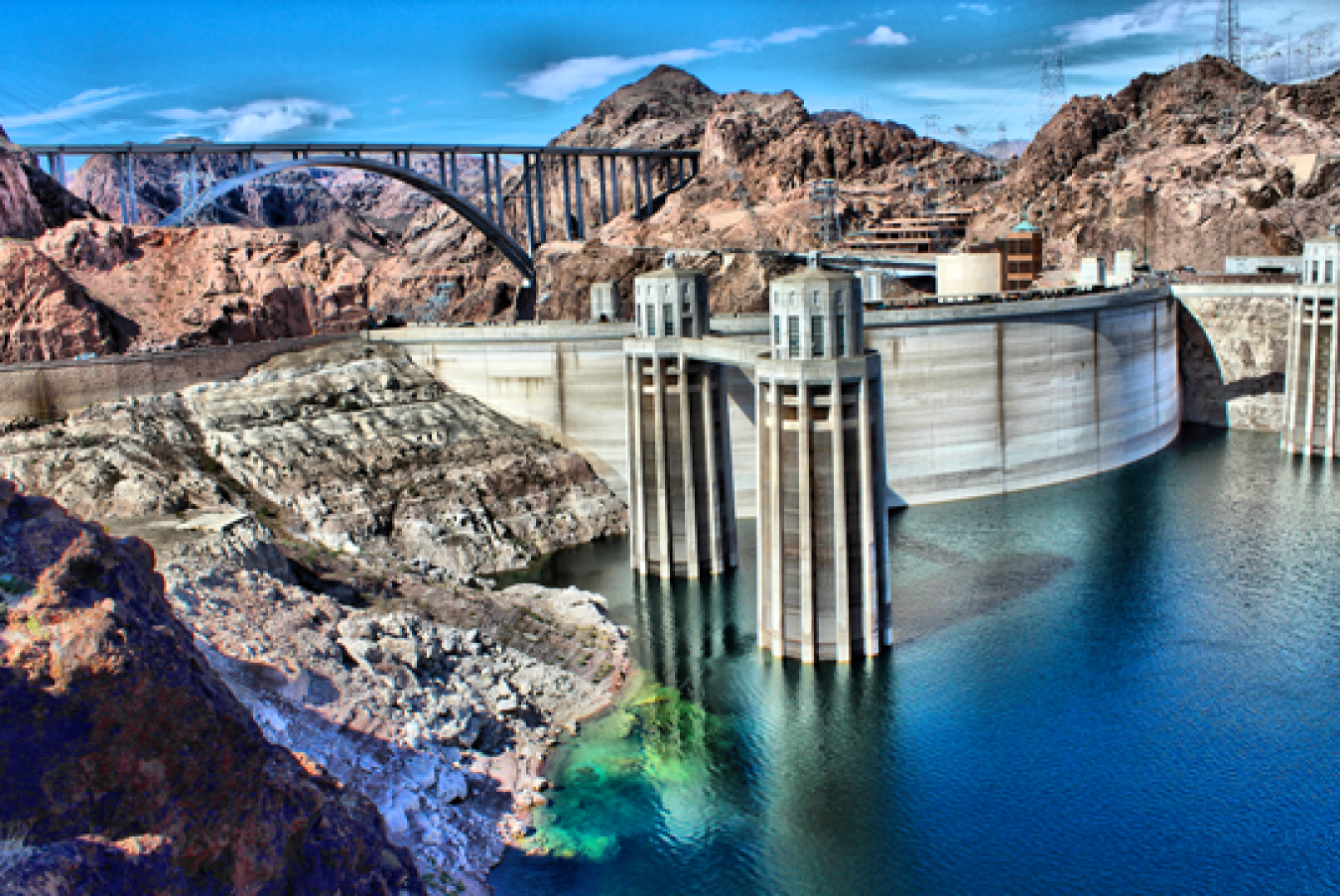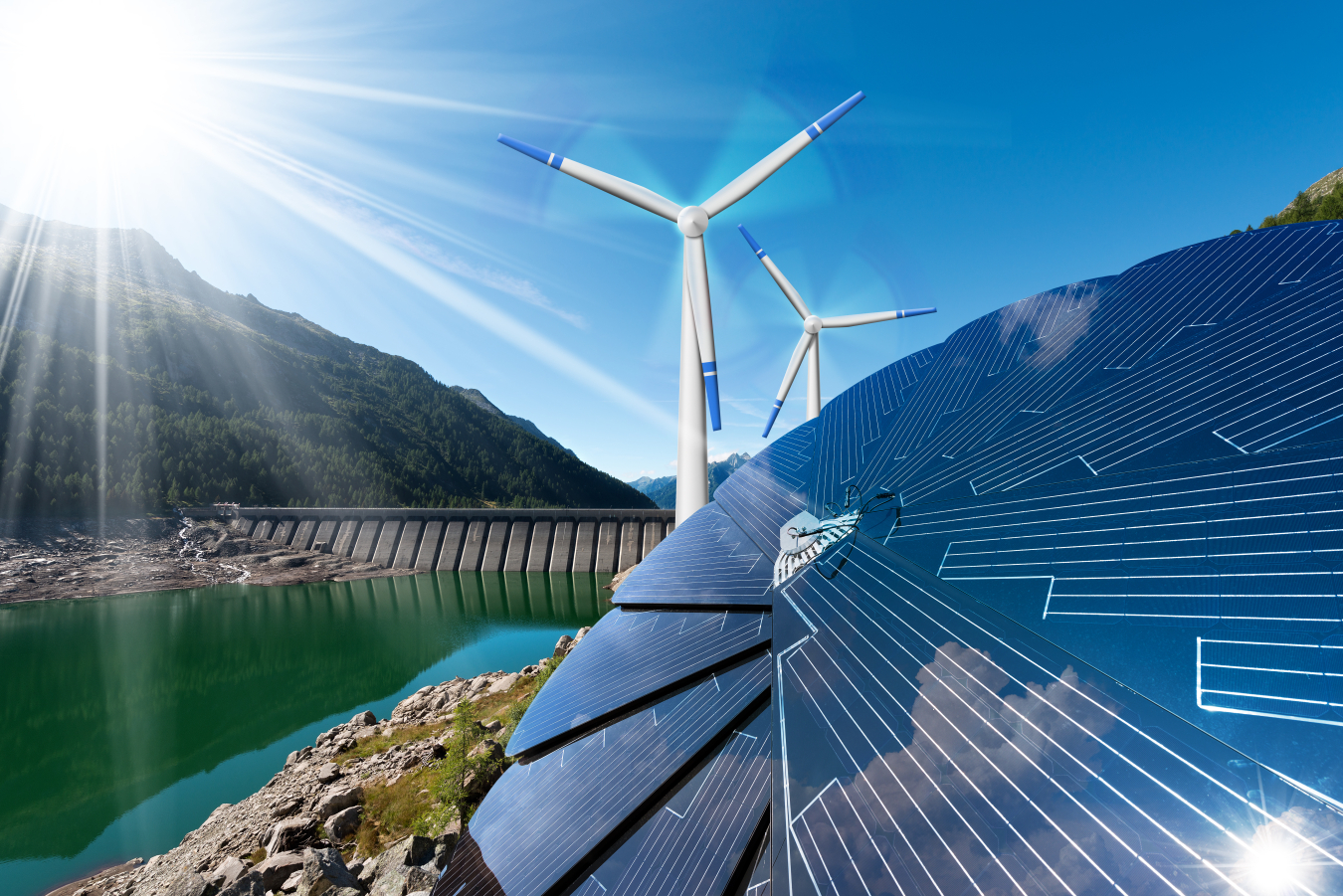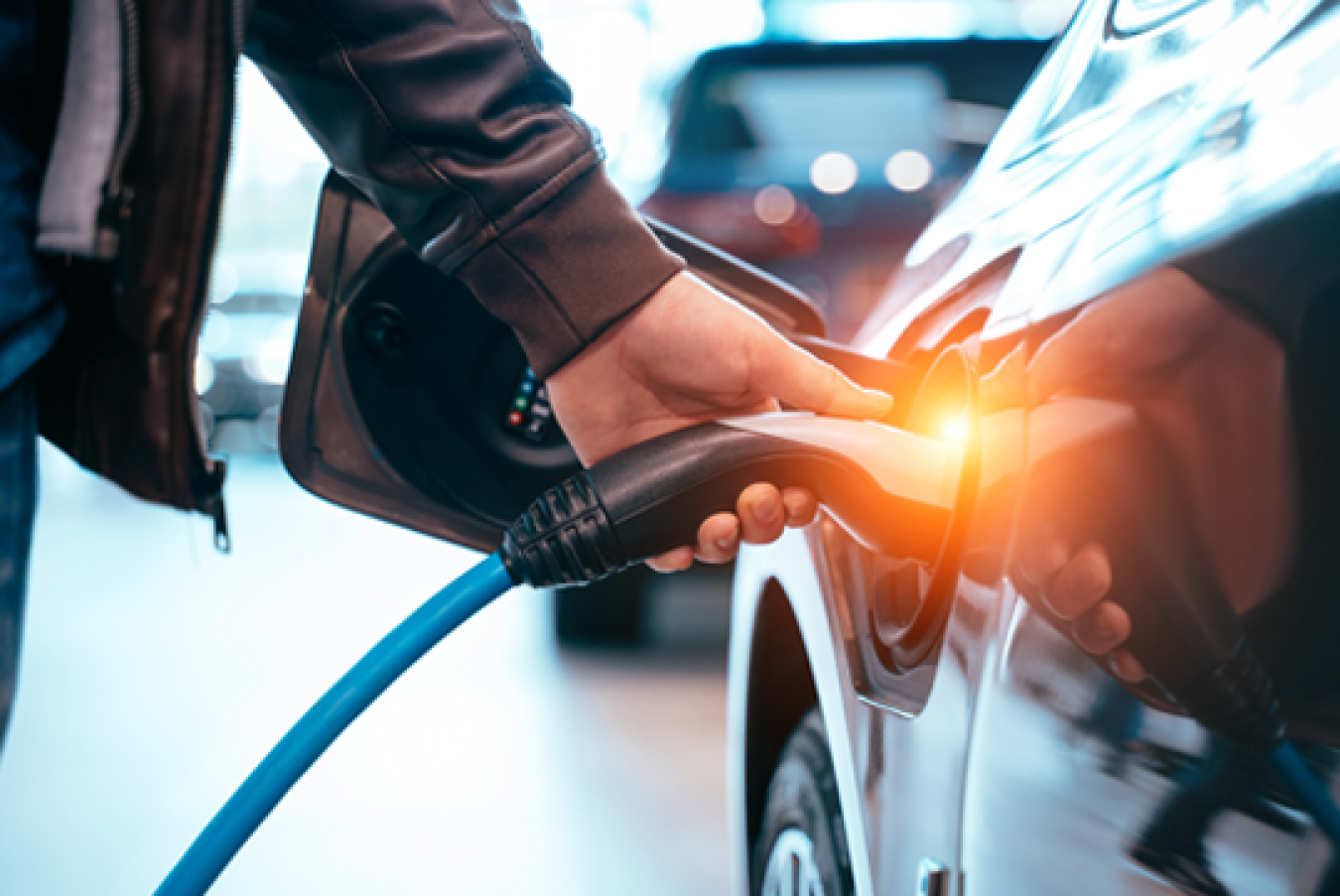NEW TECHNOLOGIES AND PROCESSES ARE IMPROVING AMERICAN LIFE
The growing market for technologies that decrease energy costs, make energy consumption more efficient, and reduce our reliance on foreign resources presents a generational opportunity to stimulate economic growth while boosting America’s energy independence.
The U.S. Department of Energy's Office of Energy Efficiency and Renewable Energy (EERE) is committed to bringing the benefits of energy innovation to every American by making the United States a global leader in renewable energy and energy efficiency technologies.
How Can You Benefit from Energy Innovation?

American Manufacturing and Competitiveness
To meet the growing demand for new energy technologies and compete effectively in emerging global markets, American-made industry must take a leading role.

Energy Accessibility
EERE has implemented various programs, funding opportunities, and research and development (R&D) projects to improve the accessibility of renewable, affordable energy.

Energy Independence and Security
EERE is working to achieve U.S. energy independence and increase energy security by accelerating the growth of renewable energy sources.

Energy Reliability and Resilience
Using more renewable energy resources—solar, water, wind, geothermal, and bioenergy—and energy storage gives us more ways to keep the power on or restore it after an outage.

Health, Safety, and Environmental Impacts
Energy innovations are playing a significant role in improving the lives of Americans by making them and their families healthier.

Job Creation and Economic Growth
Funding for energy innovations creates well-paying jobs, drives economic growth, and makes our industries more competitive.

State, Local, and Community Energy Growth
EERE works closely with states and communities to ensure they have the information and resources to address their unique energy needs.

STEM in Education and Workforce
From solar panel installers and plant operators to laboratory researchers and engineers, the success of our nation’s energy goals depends on STEM careers.
What Drives Energy Innovation?
The global market for renewable energy and decarbonization technologies is projected to be worth at least $23 trillion by 2030. Funding for innovative energy technologies and processes will improve the health and finances of ordinary Americans and raise our country’s standing in this rapidly expanding market. Through consistent funding and technical support, EERE is putting American-made technologies and products, American workers, and American entrepreneurship to the forefront of the modern energy economy.
More than 20% of all U.S. electricity now comes from renewable energy sources, while 60% comes from nonrenewable fossil fuels and the remainder from nuclear energy. America’s domestic renewable energy resources are abundant, and EERE is committed to ensuring that our nation has the requisite technologies, infrastructure, and expertise to make the most of them. EERE funding has supported breakthrough technical advances in wind energy, solar energy, bioenergy, geothermal energy, hydrogen, hydropower, and marine energy, reducing our reliance on foreign resources and opening new frontiers for American industry.
Why Do We Need Energy Innovation?
The diversification of America’s energy resources—accomplished primarily through the integration of renewable energy into our power system—has been a major boon to American consumers. Renewable power is not just cost-competitive; in many situations, it’s the most cost-effective source of energy. As we add more renewable energy and energy storage to our power grid, more Americans are reaping the economic benefits of rooftop solar panels, offshore wind turbines, enhanced geothermal systems, and a host of other renewable energy technologies.
Domestic funding for energy innovation creates jobs, drives economic growth, and makes our industries more competitive. Around 3.5 million Americans already work in renewable energy jobs, and jobs in renewable energy grew at more than twice the rate of the strong overall U.S. labor market in 2023.
Breaking news announcing EERE's research initiatives, accomplishments, and opportunities.
Sign up to receive the latest information about EERE’s energy innovation funding, prize, and competition opportunities.


